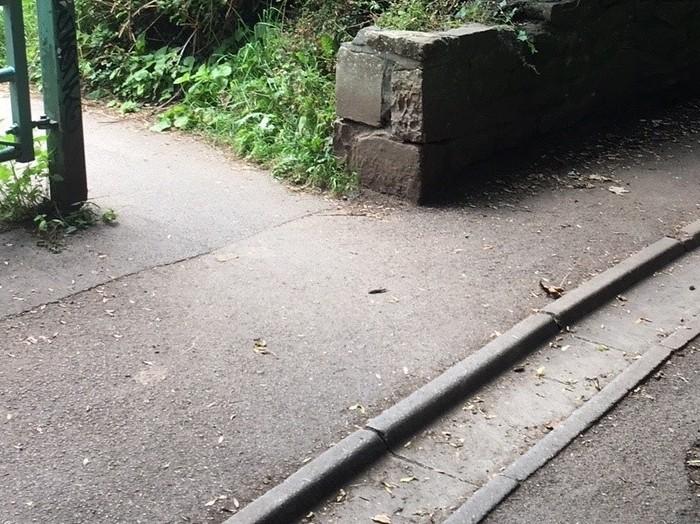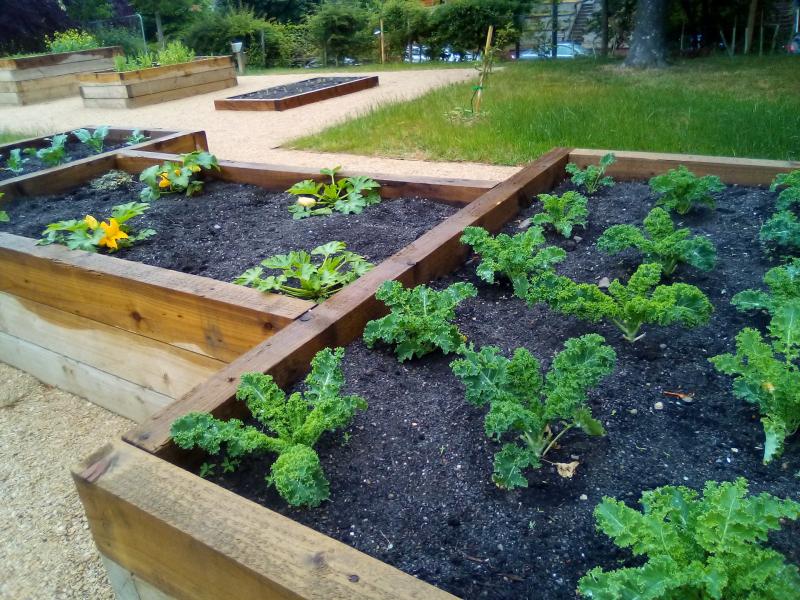Joanna Watson31 Aug 2021
"I’m surprised the gap’s not much bigger. I only live a few metres from the park and I’ve not been there this year". Workshop participant
Recently I presented our findings from work we commissioned to explore the ‘green space gap’ for disabled people in Bristol. This builds on work we did last year to look at the links between green space and deprivation, with particular focus on access to nature for people of colour. The report’s findings were stark – but it didn’t use a disability lens. At the same time we know that disabled people have been very hard hit by the pandemic – and that spending time in green space has been a huge part of personal wellbeing strategies for many people. So with the help of mapping specialist Brittany Pugh we decided to explore the problem at a local level. We asked whether disabled people are disproportionately nature-deprived, even when other deprivation factors are taken into account?
How to make sure that climate plans work for disabled people
We saw another opportunity too. Bristol Disability Equality Forum is part of a Community Climate Action Project for Bristol, funded by the National Lottery. Six communities are developing plans to put local people at the heart of the climate transition. But the data they had all been provided about their footprints, and where they could have the most impact, didn’t include nature.
At Friends of the Earth we are interested in how we can bring the nature and climate narratives more closely together, and how people can incorporate information about green space and biodiversity into their plans. By supporting BDEF with information about green space, maybe we could learn what works and help them achieve their goal of “making sure that the city’s climate plans are fair and good for disabled people.”
This isn’t just about enabling disabled people to spend time in nature, although that’s very important. The extreme heat and floods that we have seen across Europe in recent weeks are a reminder that climate change is a life-and-death matter - and not just in the distant future. Disabled people are additionally vulnerable to both overheating and flood risks. Strategies that use urban greening to address these risks are key to enabling the community to adapt to more volatile future weather patterns and save lives. So how did community members respond?
5 things we learned about accessing nature
- Our report could only really look at proximity to public green space. It didn’t look at other access barriers such as wheelchair accessibility, appropriate parking or issues like overcrowding. The participants all agreed the problem is much worse than the data can show.
- During the pandemic disabled people have spent even less time in nature than before. But this isn’t just about vulnerability to Covid (as I had assumed). It’s also about the cognitive load. We all understand this on some level: social arrangements during Covid have just got more complicated (How many people can we meet? Who’s hugging and who isn’t? Will I have to wear a mask? What if other people don’t? What if it rains?) but for disabled people this adds to an already high burden of questions about access. It’s just too much. And this is a vicious circle: confidence and comfort zones shrink together. One participant told us the only place she’d been in 18 months was the supermarket, because at least she knew she could park and get her wheelchair out of her vehicle there.
- Accessibility isn’t just about physical space: paths, toilets, parking etc. For volunteering it’s also about adapted tools, or the availability of personal assistance for these activities. And for food growing it’s not just about gardening: it’s about support for harvesting, processing and storing the produce too (where would I put the spare jars of jam if I couldn’t reach the top shelf, I wonder?).
- When disabled people do volunteer, they don’t want their contribution to be all about how to make a space more accessible. They just want to get stuck in with activities like everyone else. “Just being able to turn up, and that being OK, that’s the dream.” (Participants didn’t mind giving feedback once they were involved – but they do not want to be unpaid consultants on access). And they don’t want segregated activities either – or at least not as the only option.
- They don’t always want to have the ‘careful’ experience. The gentle trail round the flat bit in the National Trust garden, for example. Spending time in nature is an immersive experience and they want to be allowed sometimes to get hot, or cold, or wet, or tired - to feel fully alive. This is challenging for venues, who are conscious of their responsibility to manage risk – but what if this was seen as a more collaborative process with disabled people voicing their own limits, rather than venues assuming they need to manage out all the risk.
From access to nature to being in nature
So what are some of the solutions? There are of course lots of ways in which green spaces can improve their offer, some of them very cheap (for example, does your website or other promotional material provide the information disabled people need?).
Walking apps like Go Jauntly already allow contributors to indicate step-free routes. What additional information might be useful and could green space managers collaborate more with these independent services?
In some places one small infrastructure change could unlock much wider areas (when one of the participants talked about the gutter that acts as a wheel trap in the Frome Valley I knew exactly where she meant). Is Fix My Street part of the answer?
And we can all design activities with a much wider range of user needs in mind. One idea was to increase the visibility of the opportunities that already exist, perhaps through videos. Southmead Hospital NHS trust has a fully accessible community allotment, with regular volunteering opportunities. Why not make some films that show disabled people just doing stuff there? The same could apply to some of the local Wildlife Trust’s sites.
But what if instead of supporting disabled people to ‘access nature’ we all worked to bring nature closer to home? What support do they need to increase the biodiversity of their window sills, gardens, street corners? How might we support them to create living environments that provide habitats and address air quality and over-heating risks? Container fruit trees, vines growing over driveways, wildflowers on the verges. It’s all possible in a city where the boundaries between ‘green’ and other spaces are more blurred and we’re learning to live with, not seek to dominate, the natural world.
And what if the supermarket is the only place disabled people are accessing? Then why not create accessible allotments in raised beds in car parks? Fruit trees between parking bays. This approach also has the benefit of raising awareness of the seasonality and the supply chain – for everyone.
Inclusive futures
The biggest thing I took away from the sharing session however was a perspective shift. The idea that disabled people can make brilliant design team members because they are practiced in problem-solving and lateral thinking was not new to me. But I hadn’t previously considered how much disabled people can teach us about the future we need to design for.
In 2007 the UNDP wrote “climate change will exacerbate inequalities within countries. It challenges us to think about what it means to live as part of an ecologically interdependent human community.”
What next
BDEF is working up its action plan and will hopefully incorporate some of the ideas we explored together.
We will aim to make sure the findings of the research reach a wider audience and can help with decisions about which areas of the city to prioritise in green space developments. Finally, if you’d like to help us develop any of the concepts here further – from climate-adapted gardening for disabled people to the edible parking space - please get in touch.




